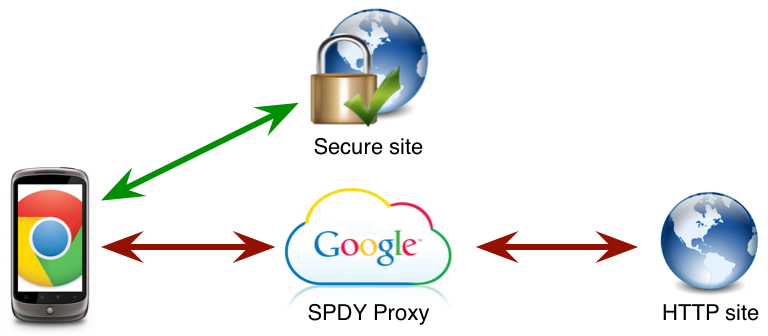
This post is part of a series designed to help developers who are just starting out understand some basics and how they relate to WordPress. This fifth post is about SPDY (pronounced speedy) which we offer on our Business, Professional, Ultimate, VPS, and Enterprise plans.
What is SPDY?
SPDY was developed primarily by Google for transporting web content and is an open networking protocol. The protocol deals with HTTP traffic to speed up web page load times and to improve overall security. To improve speed, it utilizes compression, multiplexing, and prioritization. The goal is that only one connection per client is required for webpage subresources. TLS encryption is commonly used with transmission headers being compressed, whereas in standard HTTP they are sent as human-readable text. Finally, it can act as more of a push than a pull system. Meaning servers can push webpage content instead of waiting for individual resource requests. Since SSL/TLS is required, SPDY cannot be used over plain TCP.
Key Takeaways:
- It’s important to understand that SPDY does not replace HTTP as many commonly think. It simply modifies the way HTTP requests and responses are sent back and forth.
- If you’re using the latest versions of Chrome, Firefox or Internet Explorer then you will have SPDY 3.1 support out of the box. Have no fear, if you run SPDY and someone is using a browser that doesn’t support it, then they’ll get served the content just fine using HTTP/S as they would have before.
- SPDY is a wrapper and doesn’t require any changes to your code or application which is a nice bonus.
The full Google whitepaper on SPDY is located here.
Finally, here’s a video of Google’s original talk about SPDY if you want to geek out:
